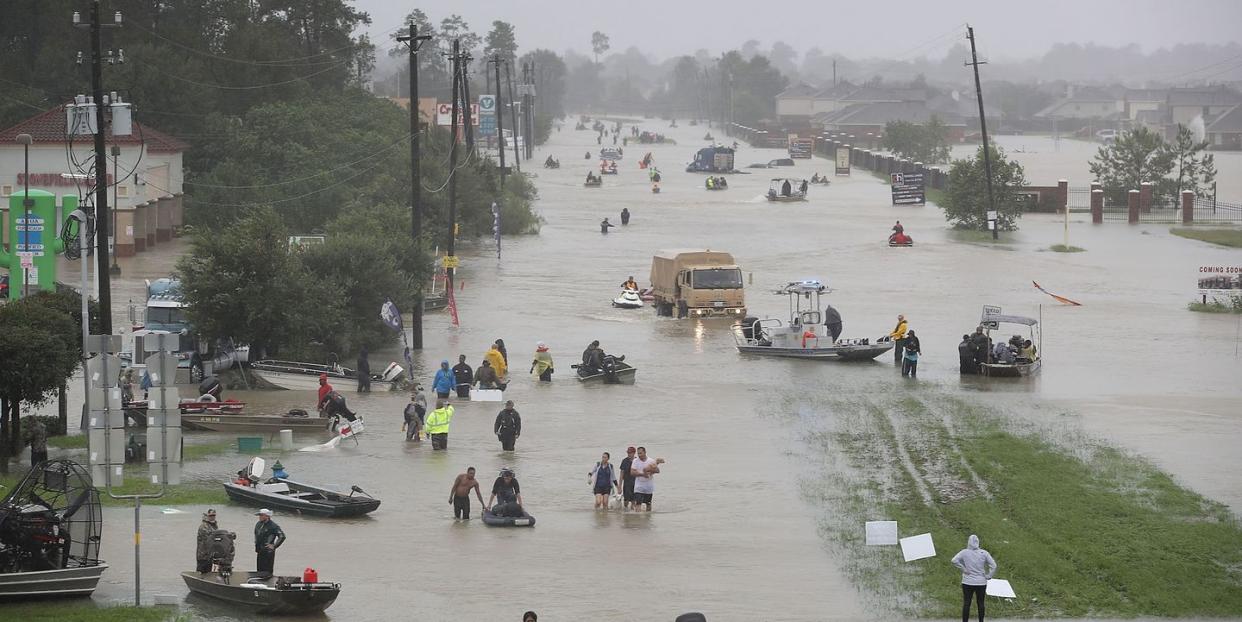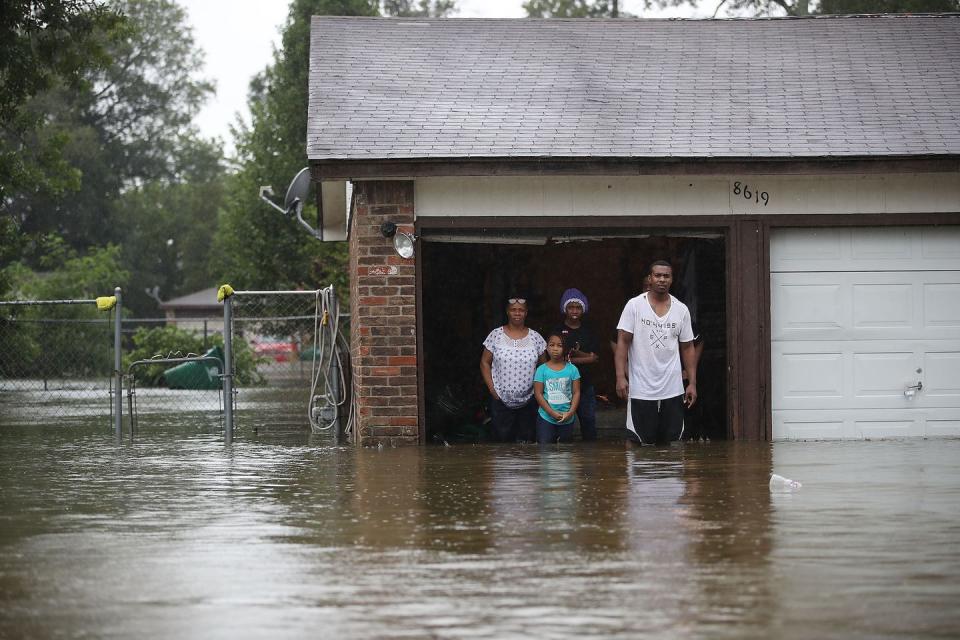Government Beancounters Are Sounding the Alarm on the Climate Crisis. The EPA Is Ignoring Them.

Life, of course, rolls on, despite what is going to be a three-ring congressional hearing on Wednesday this week. Two years ago, at this very shebeen, I followed the track left behind by Hurricane Harvey, which blew up the gulf coast of Texas and proceeded inland until it flooded Houston. That city, of course, is one of the home offices of SuperFund environmental sites and there were serious concerns that Harvey would unleash all manner of poisonous hell onto the landscape and into the various waterways.
Over the weekend, the Houston Chronicle brought us details from a new Government Accountability Office that indicates that the threat is still real, and that, as the Great Chinese Climate Hoax intensifies, the threat will become increasingly lethal, and that it is far from limited to the festival of noxious potions that surrounds Houston.
A report by the Government Accountability Office found that more frequent or intense extreme-weather events such as flooding, storm surge and wildfires could affect 60 percent of the contaminated sites nationwide — and 67 percent in Texas — overseen by the U.S. Environmental Protection Agency. The GAO recommended that the federal agency do more to manage the risks from climate change.
As has become customary, the administration* helpfully supplies the punchline.
The EPA largely rejected the report’s recommendations.
Before continuing, let us note that the government beancounters are warning us about environmental threats and the agency tasked with protecting the environment blows them off. We are in an interesting place.
Assistant Administrator Peter Wright said in a statement that the agency “believes the Superfund program’s existing processes and resources adequately ensure that risks and any effects of severe weather events” that become more intense or frequent are covered by risk-response decisions at the sites.
Oh, OK. Guys named Rock in Texas disagree.
Rock Owens, managing attorney for the Harris County Attorney’s office, said he wasn’t surprised the GAO is sounding the alarm. “Climate change is a game changer,” he said. “As the report points out, expanding floodplains pose a serious threat to our Superfund sites. (Tropical storms) Harvey and Imelda should serve as a dire warning of what is to come and this must be addressed sooner than later.” For areas such as Houston, the impacts of severe weather on Superfund sites is not hypothetical. It’s a reality.

And, I’m no expert, but this right here sounds like a situation to be avoided.
During Tropical Storm Imelda earlier this fall, several barges got loose on the San Jacinto River. One of them, which was carrying 10,000 barrels of lube oil, became grounded on the San Jacinto Waste Pits Superfund site. U.S. Coast Guard officials, in coordination with other agencies, monitored air and water quality and reported that the incident resulted in no adverse health impacts.
And so does this.
Two years earlier, Hurricane Harvey brought an unprecedented amount of rainfall to the region, damaging 13 of the 41 Superfund sites in flooded areas, according to the EPA, including the San Jacinto Waste Pits, one of the most vulnerable in the area because it is still being cleaned up and sits right on the river.
Read the whole thing, as the kidz say. There is a general and looming environmental catastrophe which, because of our existing environmental neglect, consists of hundreds of smaller local environmental catastrophes, many of them afflicting poorer areas.
While the EPA has focused on flooding when it comes to the waste pits, some say there are numerous other sites in the region at greater risk for flooding. “We face a unique risk here on the upper Texas coast,” said Jackie Young, who leads the Texas Health and Environmental Alliance and has advocated for the pits’ cleanup. “We have a double threat we experience here on our coast not just from water rising out in the sea or out in the Gulf, but also a lowering of our land elevation.” And it’s not right, she added, that communities in these areas have to worry about whether toxins from the Superfund sites are going to wash into their homes when experiencing a hurricane. Officials in EPA Region 6, which includes Texas, told GAO investigators that they do not incorporate potential impacts of climate change on the frequency of natural disasters into their risk assessments.
The ocean doesn’t care what you “incorporate” into your studies, and neither do the wind and the rain. As a species, we’re not very impressive these days.
Respond to this post on the Esquire Politics Facebook page here.
You Might Also Like


